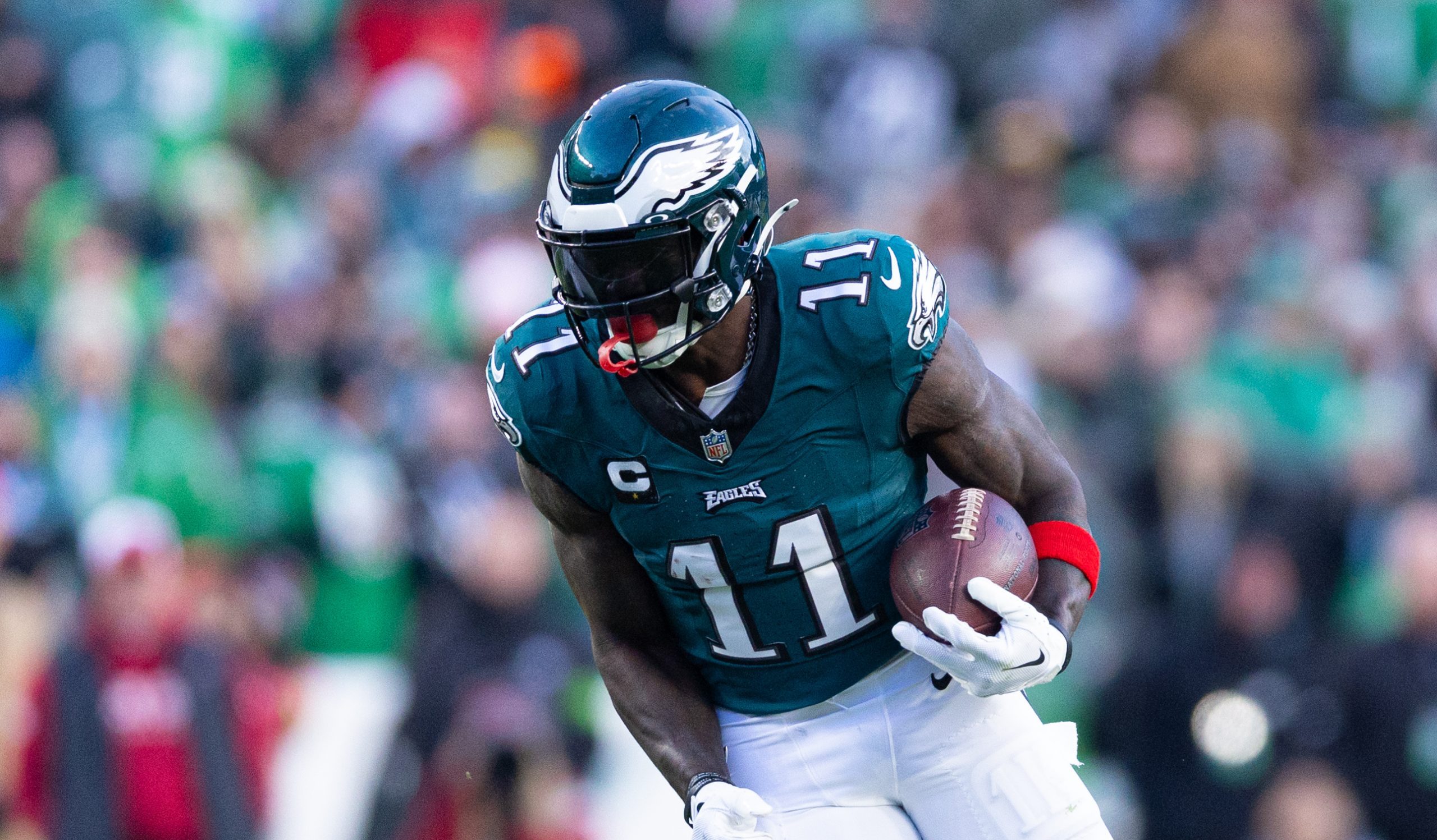The growth of American domestic soccer is at a high right now, in terms of quality and in terms of world standing. More and more players coming out of this league are being looked at by top European clubs, and whatever you may think about MLS vs. Liga MX, you cannot deny that real progress has been made throughout the country.
One of the main reasons for this is that MLS is cultivating the region around them — i.e., the Americas — rather than only looking to Europe for stars, and it’s spurred the rapid growth of the league. The only other aspect of MLS’ development that rivals it in importance is the increased investment in youth academies and Homegrown players. It’s a big step forward for the league.
Over the past few years, it feels like MLS has put a soccer version of the Monroe Doctrine in place (history class!). They have scouted a whole lot more in Central and South America and Caribbean, taking advantage of the talent that’s been in their backyard for years and outbidding mid-tier European clubs for the top players.
It largely started when Argentinian No. 10 Diego Valeri went to Portland, and has continued with highly successful signings like Mauro Diaz, Fabian Castillo, Nicolas Lodeiro, and Carlos Gruezo. FC Dallas — who made three of those acquisitions — are now MLS’ best team thanks in large part to the scouting resources devoted the rich talent area in addition to their Homegrown system.
Seattle’s run to a championship last year was stimulated by Lodeiro. Sebastian Blanco went to Portland this offseason, and Vancouver took a gamble on currently-injured Peruvian Yordy Reyna. MLS clubs are investing in the region, and it’s paid dividends.
Just look at Atlanta United. The expansion club appointed Argentine Tata Martino manager and proceeded to build the franchise around South Americans: Miguel Almiron, Josef Martinez, Yamil Asad, Leandro Gonzalez Pirez, and Hector Villalba are Paraguayan, Venezuelan, and Argentinian, and all are important players for ATLUTD.
South Americans across the league play important roles. Luciano Acosta and Federico Higuain (for now) are the starting No. 10s for D.C. United and Columbus Crew SC. Matias Laba is establishing himself as one of the league’s best center backs. Brazilian No. 8 Alex has been excellent in Houston. Diego Fagundez, Carlos Rivas, and Mauro Manotas are especially talented young attackers.
Perhaps even more impressive is the influx of CONCACAF talent in MLS. Excluding Canadians and Americans — that’s a whole different topic — a number of talented Central Americans and Caribbean-internationals have been trusted with important roles.
The Houston Dynamo are the most notable example of this. Their Honduran contingent — Alberth Elis, Romell Quioto, and Boniek Garcia — continues to impress; Mexican Cubo Torres is reviving his MLS career right now; and Panamanian international Adolfo Machado is starting at center back. There are more clubs taking advantage of this, though.
Minnesota paid the big bucks for Trinidadian Kevin Molino. Atlanta went and got Molino’s countryman Kenwyne Jones. Machado, Harold Cummings, Roman Torres, and Kendall Waston are all starting center backs in this league. There are now 12 Jamaicans in the league, including top goalkeeper Andre Blake. Nine MLS players were a part of Costa Rica’s most recent World Cup qualifying squad, of 13 total Los Ticos in the league. 70 percent of MLSers from Costa Rica are a member of their national team, in other words.
Young players from the Americas are especially prevalent. Players like Jose Escalante, Cristian Martinez, and Raul Mendiola haven’t received a ton of MLS minutes, but they could very well make a difference in the future. Those three players took a similar path to the league — signing at an early age and growing with their teams — and now they, and others like them are key figures in this league.
They could end up like Valeri, playing years for their club and becoming a league legend, although those are high expectations. They could also become Castillo, who was capped by Colombia and developed a high sell-on value before eventually being loaned to Turkey. MLS will need a little of both.
It’s huge for the league, and will continue to be a massive factor in America’s soccer journey. Recognize progress when you see it.







